
NEO iDSD (around 700-800 $) : HIGH HOPES
I need to underline that iFi had understood some of the critical input raised by the reviewers and made changes to the package and the firmware selection. The recent incarnation of iFi neo iDSD comes along as the iFi Audio Performance Edition at 799$ MSRP.
The NEO iDSD Performance Edition now does include now the iPurifier3 USB B reclocker plus the SPDIF iPurifier and gives you a firmware choice that allows you to use all capabilities of the BB DSD1793 chips.
For the older version for the serial number starting with 60010 xxxxx the updated firmware is here.
The firmware branding allows the guessing that there might be a difference in the XMOS chips, which demands different firmware for the older and newer models.
Original review:
 As noted in the introduction the NEO iDSD might have been seen as "THE ONE" by many, a device to fulfill our demand for a PRE/DAC/HPA device below 1k$ that ticks ALL the boxes. All early announcements have led to high hopes with the iFi fan crowd, me included. Now we are looking into the details.
As noted in the introduction the NEO iDSD might have been seen as "THE ONE" by many, a device to fulfill our demand for a PRE/DAC/HPA device below 1k$ that ticks ALL the boxes. All early announcements have led to high hopes with the iFi fan crowd, me included. Now we are looking into the details.
The device, prone to stand on the silver socket or lie 90 degree to the right (the display rotates only in that direction or back) has a beautiful sleek "purist" silver aluminum design with two headphone ports, one input selection and the on/off button, plus this big silver multifunctional rotary controller which may be used for:
- the analog volume control and mute
- dimming the brightness of the display
- select the fixed and variable output i.e. DAC or preamp mode in conjunction with the on/off button
- In fixed mode (DAC) the volume control for all outputs is bypassed.
The flipside is the arrangement of the power input on the device's top back end and all the digital inputs located in the upper half. Using the rigid blue USB cable - which is usually a quality feature of iFi Audio - the unit always showed tendencies to move sideward as the cable supplied with the NEO iDSD is essentially short in quite a reduced way. Luckily for us and different from former iFi Audio micro cable experiences, this one is a standard USB 3.0 A to B connector. Too bad for me that it is pretty much the only USB cable type I haven't lying around in 3 available lengths in my homegrown USB vipers nest with roughly 80+ brothers and sisters from different USB generations.
In case you decide to own the device, here's an advice for you: Get a more flexible 1m USB cable or use shorter but less rigid ones. perhaps combined with a wireless RPI as an endpoint. Don't forget to add weight on them if using them horizontally.
The included analog cable is the lilac RCA connection we've learned to love from other iFi devices. The supplied adapter is 3.5mm to 6.3mm TRS. My first idea had been; Great, but why don't they supply a Pentaconn adapter? Second one: Time is ripe for iFi Audio to supply balanced cabling. I can see some room for improvement here.
To the contrary of my failed perception & most importantly for the new owner, the box comes with an IFI Audio iPower 5v as DC power plug included plus a extra purist remote control which even fits the needs of Becky from WHF without constraints.
A new kid in town
My first impressions were:
- Quite light but solid craftsmanship.
- Designed by IFi, licensed by AMR Audio in the UK and assembled in China.
- Display and analog volume control are two important boxes to tick when thinking about a future PRE/DAC.
- This one comes with XLR balanced outputs, too.
- And a remote control.
4 ticks, already!!
Let's spy ahead: Burr Brown DSD1793 DAC, up to DSD512 & 2xDXD and balanced headphone output using the new 4.4. mm Pentaconn socket for cables with balanced TRRRS adapter.
These specs sound like a delicious audio dream come true after 3 years using the Micro BL as go-to-DAC in my main system. I've had high hopes too, absolutely.
 The digital inputs
The digital inputs
NEO iDSD has inputs for three fixed digital sources: Toslink and SPDIF connection allow to transmit signals from other DACs, streamers or digital players. The maximum input is not specified, neither in the manual nor on the iFi website. The USB 2.0 compatible USB 3.0B input does not feature the iPurifier technology we have seen in the last two Micro iDSD devices. Bluetooth (see below) is provided as well.
Balanced Analog Design
If we look at the details, the Neo iDSD looks like the new kid in town featuring tech we've already seen throughout the iFi toolkit, most of it but not all, to be correct.
The new sensation comes with the introduction of a balanced analogue output circuit, referenced as "PureWave" design which distinguishes it from the micro class of devices, including the recent Signature unit. "iFi calls this circuit design ‘PureWave’, referring to the sonic purity it achieves thanks to exceptional linearity and infinitesimally low levels of noise and distortion." (IFI Press Release).
The PureWave design is "a new, balanced, symmetrical dual-mono topology with short, direct signal paths” that was "perfected" specifically for this model by IFI's Thorsten Loesch and the recently added wisdom of experienced & famous circuit designer John Curl.
According to their website, the device, using this new balanced circuit design technology, the NEO sits in-between the entry-level ZEN and the totl PRO devices.
BurrBrown DSD 1793 DAC chip
When it comes to DAC chips, IFI Audio hat pretty much proved for years the validity of that gracefully aged phrase "it’s not the chip, it’s the execution that matters". Since the introduction of the Micro iDSD series with the dual mono implementation of the BurrBrown DSD1793 DAC chip, launched in 2003 by Texas Instruments.
iFi has used this monolithic integrated circuit for almost all DAC designs - only adapting ESS chips with the ZEN Blue and xCan for Bluetooth based signal transmission. The top flight PRO iDSD i.e. uses four of these BB chips in an interleaved design, while until now single chip implementations were left exclusively with the lines below 400 USD. This rule of thumbs has changed with the NEO, which - with respect to its purist design philosophy - executes the signal conversion with a single BB DSD1793 chip and the GTO filter set before reaching the new balanced analog output circuit.
Different to older devices, the NEO uses a more recent & powerful XMOS implementation which allows to process all announced formats including MQA simultaneously and deploys a new type of firmware. It can be changed accordingly to the small video you'll find in regard of the firmware upgrade process later on, however the most recent FW 1.35 does not include any different filter set options as we have been educated to with the iMicro and iNano series.
For the NEO iDSD the selection of the GTO as single filter option plus the absence of a dual mono DAC chip concept may be the reason why its analog output could not live up to the sound qualities I enjoyed with the Signature and firmware 5.20. It may have its forté with chamber music and TV presentation, though it lacks the musicality of the micro iDSD devices for my ears.
As of February 08, 2021 the FW v1.35 hadn’t been no longer available in the ever changing IFI website's download section. You can see in the FW upgrade video that this has been different in January. Personally, I was informed about availability the day before Christmas, however that link now leads into website nirvana without any notice about the FW retirement. I would assume that it may come back soon in an updated version.
IFi Audio, when still present @ Audiophile Style forum in March 2019, once explained their underlying philosophy: "We always like to give our customers a choice." If this is still true, we may see the option to change the filter setting for the NEO in the future.
UPDATE (12/2022) : My assumption has been proved to be correct ;-)
In 2022, the iFi software engineers started providing FW options that allow to circumvent the GTO.
Here’s the link, please be careful with the choosing the correct firmware, there might be a difference in the XMOS design with the newer generations of the NEO.


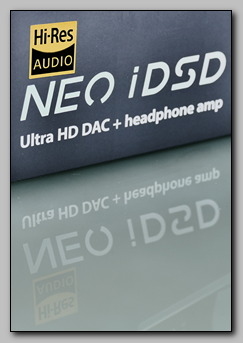
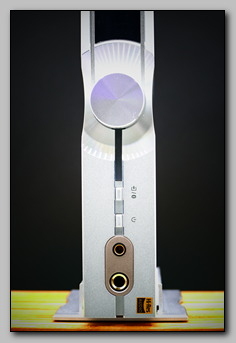
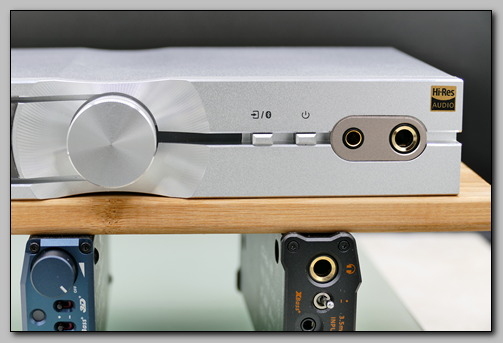
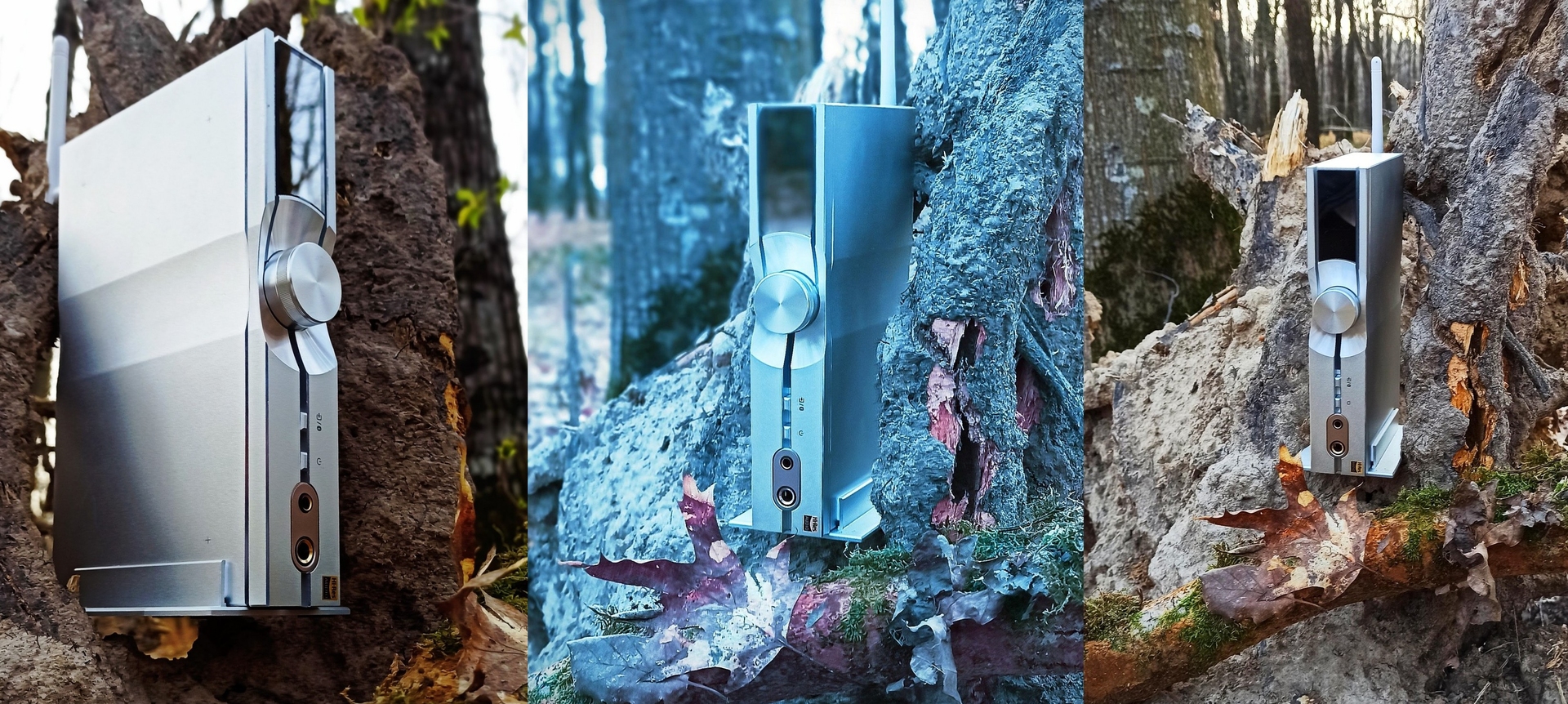
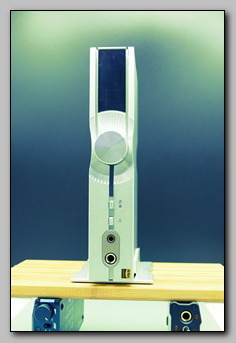
Headphone amplifier
The headphone section offers a true balanced Pentaconn 4.4mm TRRRS output socket plus the standard 6.3 single ended connection.
Unfortunately, the fancy new feature which allows an output up to 1040mW per channel, did not happen to work properly with the device under review. I assume a contact malfunction as the channels were unstable and changing when the connector was turned inside the Pentaconn output. This left me using only the SE output with my Hifiman HE400i-2020 planar cans and the Sennheiser HD650. Contrary to the properly executed output to the HD650 (SE), the match with the 400i-2020 didn't work out to my satisfaction.
The SE HPA provides a mere 295mW@32Ohm, enough for an acceptable performance with the HD 650, thus not sufficient for the HiFiMan HE400i.
When I reported back to the manufacturer, I received a set of photos explaining how to connect your Pentaconn cable to the NEO correctly. Sadly, this didn't solve my problem, but decidedly it solved theirs.
I informed them as well about my experience with the NEO driving my planar headphones. iFi support showed the air of being surprised about that topic and consequently led me to their HP calculator page in order to confirm that the NEO was designed to work with cans like the HE400i-2020.
("Using the headphone calculator, neo iDSD should have more than enough power")
and suggesting a broken HP device. Did I mention to them that these cans were singing with the Signature?
iFi Audio notes in their FAQ that you can use 2 cans at the same time with the NEO iDSD with limitations, "however, this will limit total power output delivered to each headphone socket as both rely on the same amplifier circuit." After reading this info, I tested that specific scenario for the Sig (due to malfunction on one of the NEO’s ports) with an output of 75dB on the HD650 and 69db with the HiFiMan: neither my ears nor my manual Sound Level Meter could indicate any loss of output power when a second device was attached. However, I would assume that at that level the threshold of the possible output power wasn't reached at all.
Bluetooth
Another killer feature - this time well executed - is the powerful Bluetooth 5.0 implementation which includes AAC, SBC, aptX, aptX HD, aptX Adaptive, aptX LL, LDAC and the LHDC/HWA Codec up to PCM 96khz.
After launching the NEO the device welcomes you with a female voice out of your speaker and informs you that you are not connected with BT. This lip service provided me with a surreal feel of IoT. You can store up to 8 BT devices with this module. An audio signal transfer to connectable speakers or cans is not part of the plan. Connection to my phone using LDAP with 96kHz worked flawlessly. "Pairing" & "Your device is connected - LDAC" are the commands you'll hear from NEO.

Resume:
The NEO iDSD ticks many boxes, comes along in a nicely purist design and may be crowned by a nod from your partner if placed in the living room. I can't see any problem with the device if your demands are balanced by nature which includes you won't mind the GTO filter and MQA integrated with the machine.
For progressing audiophiles and the ones aspiring to get there - to the contrary - some criteria might be more important than others and expectations may have been different in comparison to NEO's real life appearance, technical concept and equipment.
Personally, I wouldn't mind to pay even 200$ more if I would get these features known from the iFi tool box:
- a HPA with sufficient output power to drive my cheap planar headphones,
- a full dual mono design
- and the possibility to avoid the GTO filter / MQA.
I could accept the purist remote control, the missing analog input, the questionable concept of the back plate and the disappointing cable provision, as these factors are not important or genuine for sound quality.
Nevertheless, the NEO iDSD will leave me with the feeling that it did not achieve what's possible in the segment between 500 and 1000 bucks. These are chances left behind and it gave me the strange feeling that the company did not live up to its own reputation but stopped half way before they would have achieved something very special. Looking at the +/- balance below, for audiophiles this just isn't special enough for the serious dough to pay.
Exhibit 4 - Firmware Special
One of the important qualities of iFi micro devices is the adjustable firmware that permits owners to make choices according to personal taste. The recent devices come with the newest firmware that does not feature DSD512 but MQA instead. You could either upgrade to GTO filters or downgrade to the MQA free version. I have had created a small video that could have guided you through the process.
In the final test session both FW (V5.30 and V5.30c) showed flawless playback for DXD and DSD256, native and up sampled. A result different from my initial testing when the Signature arrived and I started feeding it. I had tested my initial setup with 2 different types of playback software and 4 different DACs, 3 of them from iFi and only the Sig showed problems in transmission then. However, the device has by now seen multiple FW up and downgrades and I am happy to confirm that it started working flawlessly for DXD and DSD256 with the MQA firmware 5.30.
Please note the need to use FW 5.20 if your desire is enjoying DSD512, 2xDXD and upsampling to PCM768. DSD512 however is still a special case for most, as you need some horsepower under the hood of your server (My CAPS has i7 4790 - using ROON integrated upsampling - and achieves it only with ROON, thus the processor power is not sufficient for up sampling with Audirvarna.
From a sq perspective, DSD256 and DXD sounded better with FW 5.20 and FW5.30, whereas I did not perceive the GTO filter in 5.30c as any advancement. However, if MQA isn’t your preferred format, the 5.20 FW with sub options for SPDIF usage and disabling the sleep mode may be the most advantageous choice.
During the final review I've noticed that by mid-March 2021 iFi has changed the website design and provides a download hub for software / firmware, where you are asked to provide the serial number of your device prior having the options for DL displayed. When I visited the site lately, the firmware 1.35 for the NEO iDSD was on display again as are the USB 2.0 driver v3.2 (2018) and the 5.20 Limoncello for the iDSD signature.
Consequently, the video sequence I’ve done in January renders worthless and I had to update work correspondingly. I refrained for doing it again, but if you need any guidance just contact me via PM and we’ll sort that out.
Exhibit 5 – The Hifiman HE400i (2020)
Turning into the world of balanced Headphone amps, I felt that my proven pair of Sennheiser HD650 may not live up completely to the expectations for this review. The Focal Elegia I had as a loaner in 2019 and 2020 was also returned, thus I acquired my first pair of planar headphones, the Hifiman HE400i which were just starting as the all recent value champion into 2021.
According to Sandu Vitale, Hifiman followed suit after Sennheiser has dropped prices of popular models for enhancing market share and enforce customer loyalty by adopting this strategy and undercutting the initial price (2014) of its beloved predecessor – the mass market champion HE400i by 70 % - selling the 2020 model for 149$ in their online shop.
The 2020 comes along with the same specifications as the original, however there were some design decisions taken and some cuts to be done. The packaging feels good, but less luxury as before. Related to the new pricing the packaging has a minimalist flair: The cans, cables, a standard 3.5-to-6.3 adapter and the paperwork. Please find it & the specs just below
The ear cups didn’t change, thus the 2020 does profit from the newer (imho better) designed replaceable pads and a new comfortable headband. The 3.5mm mini jacks at the bottom of each ear cup are a step up to me, as these seems to be more reliable and resistant and particularly gives you a plentiful of options for aftermarket cables or your personal DIY build.
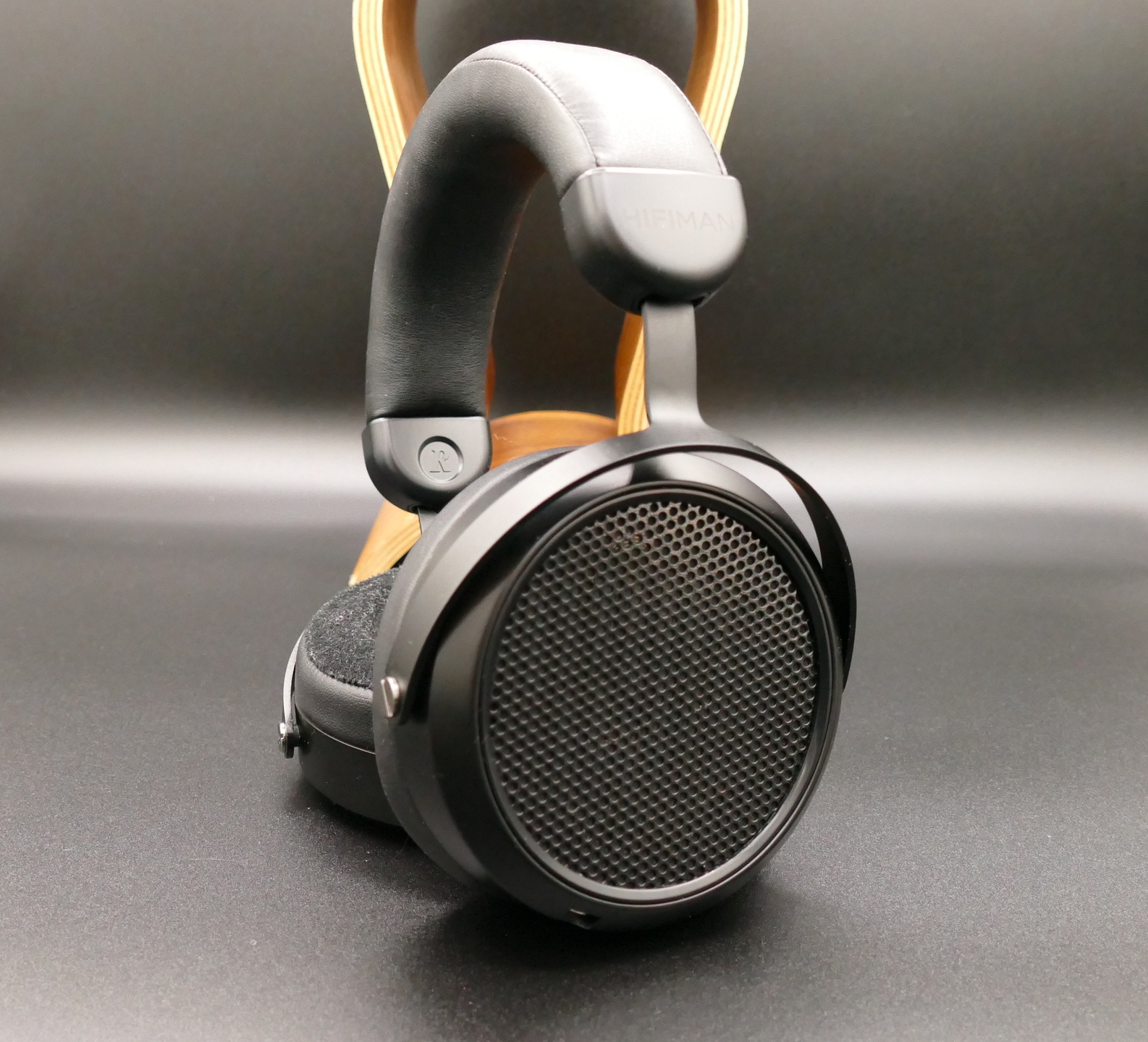
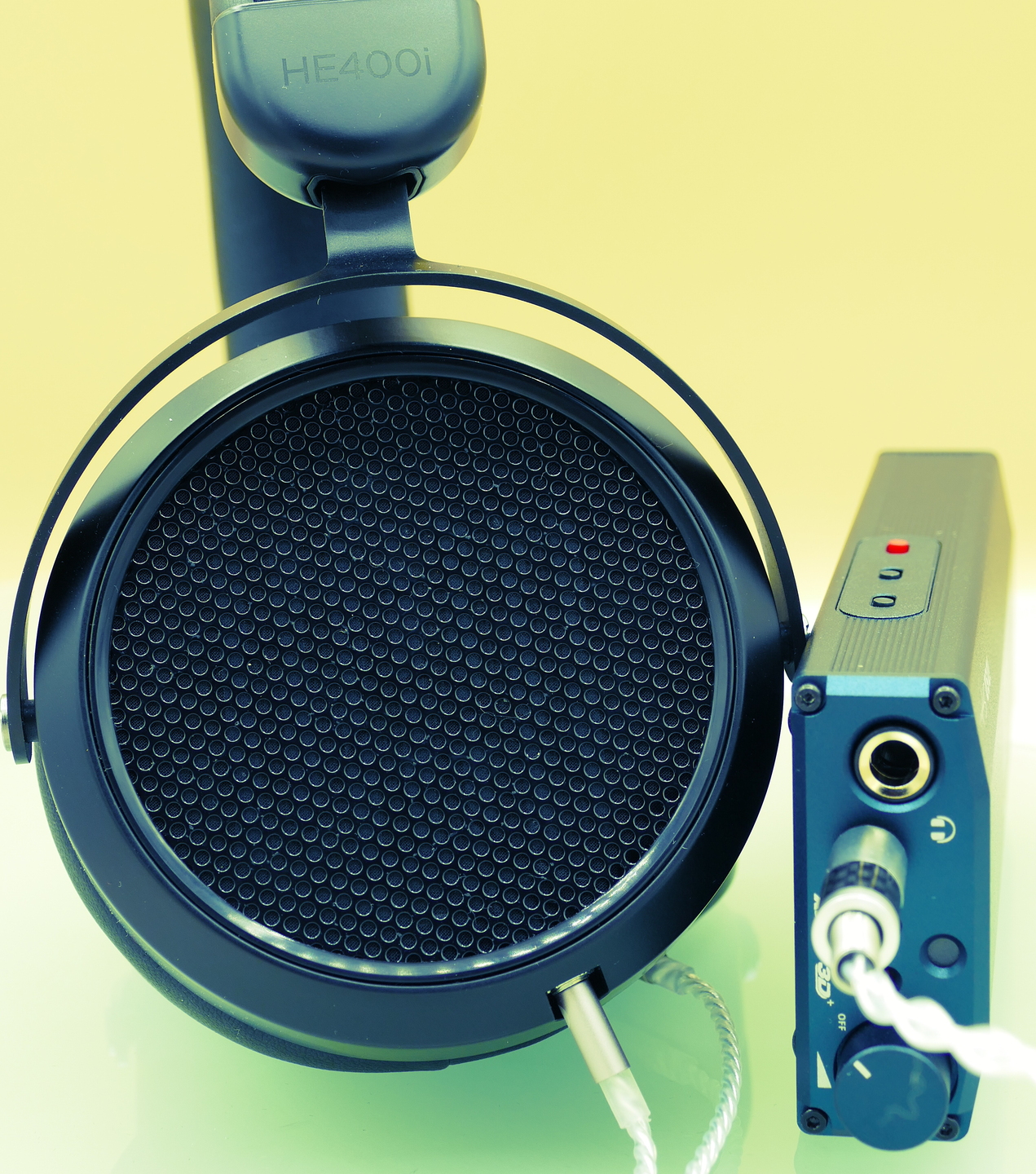
The HE400i 2020 scores in the lower 95th percentile of Jaakko Pasanen’s Headphone ranking (Basis 580 over ear headphones) and I would invite you to test out the available presets for eq’ing these headphones. I am using the oratory1990 minimum phase with JRIVER convolution for them. The proper list is to found here.
Measurements for the HE400i can be found in the previously linked review by Sandu.
For me these cans were a first personal planar experience, and I was happy to work out the differences to i.e. the Focal Elegia which I used for the last year and the HD650s which I use like forever. The 2020’s weight lies just between the other cans, and the closed back Elegia is naturally the heaviest. I found the Hifiman phones extremely comfy for my not so small but sensitive head, whereas the headbands of the other two had slightly more grip, which I even didn’t notice before I started using the 2020s.
From all three, the He400i excel in soundstage, have better detail retrieval than the HD650 and seem to be neutral with a pinch of warmth, not far away from the HD650s but quite different from the Focals in terms of detail retrieval.
In my opinion, the HE400i 2020 really does appreciate the available power of your headphone amp, that’s the reason why they didn’t work well with the Neo but performed excellently with the Signature.
I need to admit that I really enjoyed the tuning and the performance of the Elegia, nevertheless the Hifimans did impress me thoroughly positive.
At this entry level price, they are an excellent budget option to start a headphone journey.
This is the 3rd part of the review. The last part about the Red Elephant in the room will be published after Xmas.
Part one and two can be found here:




















1 Comment
Recommended Comments